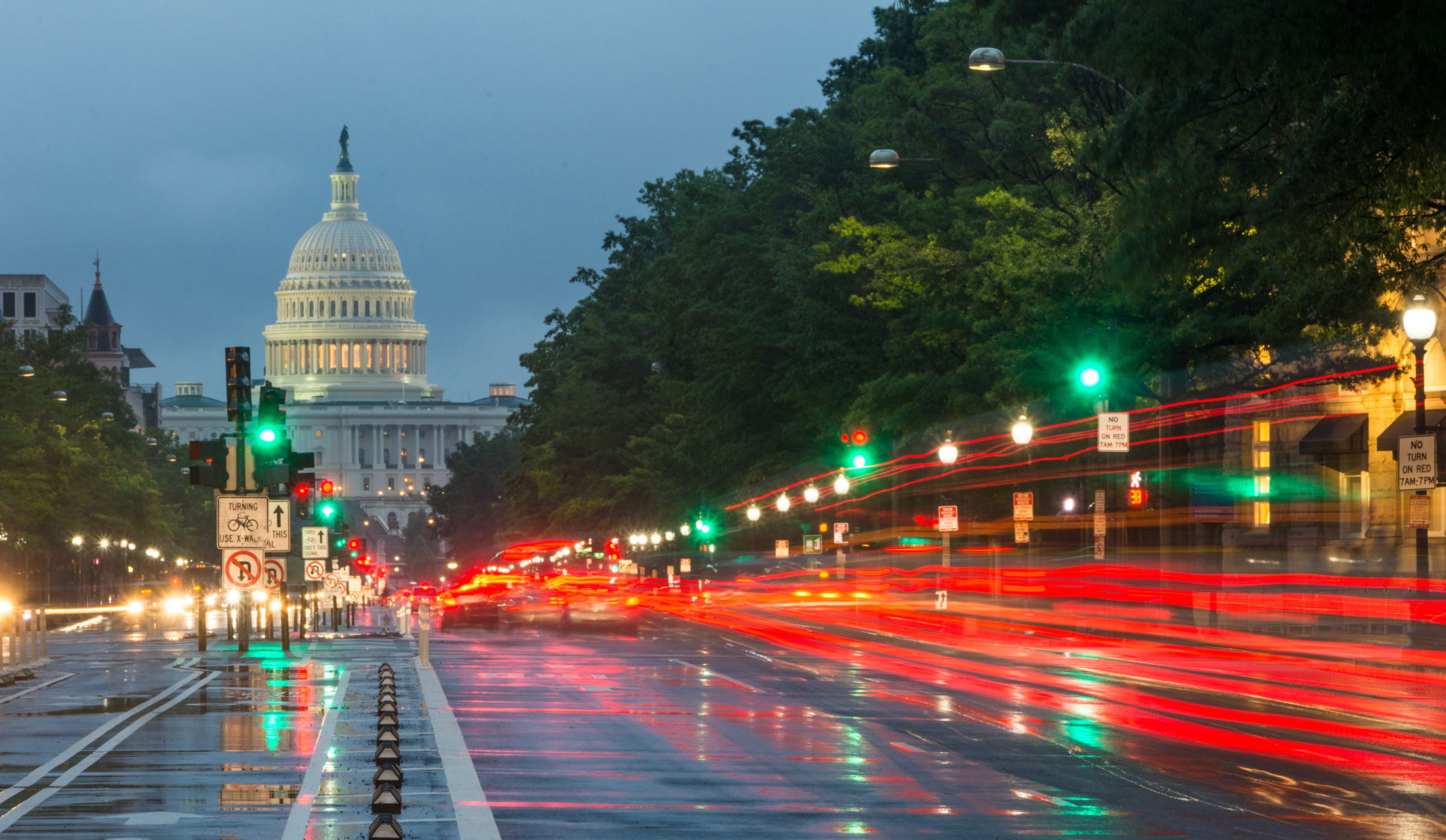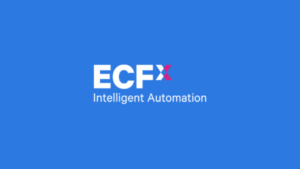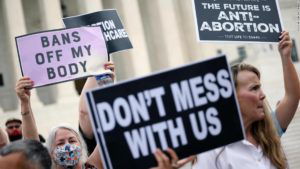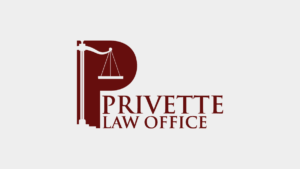
Brooks Acordia Patent Attorney Explains Pros and Cons of Licensing, Manufacturing Inventions
Jun 27, 2014
Los Angeles, CA (Law Firm Newswire) June 27, 2014 – Inventors can monetize their patented inventions by choosing one of two methods.
One option allows an inventor to license the invention – that is, to sell the right to use or develop the invention for commercial purposes to another party. The second allows the inventor to manufacture and market the invention him- or herself.
An inventor’s decision should be based both on the invention itself and on the inventor’s personality and interests. Los Angeles patent attorney Jim Dawson explained some of the differences between the two approaches.
“Inventors who choose the first option might be called inventors for royalties,” Dawson explained. “This approach is usually relatively inexpensive and is simpler than manufacturing. It is an attractive option for inventors who may not have the time, money or business skills to run a business to monetize the invention. The licensee may assume all the work and risk of running a business. The inventor simply deposits his or her royalty checks and occasionally monitors the licensee’s efforts.”
Unfortunately, successful licensing can be difficult. One study showed that only 13 percent of inventors who attempted to license their inventions succeeded. And the financial reward may seem small to some – royalties typically range from 2% to 10% of net revenues.
Some inventors will encounter assignments while licensing a creation. The “assignment” of rights is similar to the licensing of rights, but assignment is a permanent transfer. The terms are sometimes used interchangeably, and an unlimited, exclusive license can function just like an assignment. For these reasons, inventors and their attorneys must carefully examine any potential agreement, choosing not to rely on whether it is called a license or an assignment.
Other inventors may choose to take charge of their own invention development. “Inventors who choose this second option might be called entrepreneurial inventors,” Dawson went on. “This approach is well-suited for inventors with strong business acumen. The financial rewards (and risks) are potentially far greater.”
The same study that measured licensing rates showed that half of entrepreneurial inventors claimed to be successful. On the other hand, starting a business and manufacturing an invention usually requires significant capital (usually from loans) and is quite risky. In addition, the undertaking can be incredibly stressful.
“Your patent attorney can help you understand the realities of licensing and manufacturing and can recommend which one might be best for your invention. But only you know whether you want to spend your time as an inventor or a business owner,” Dawson said.
Learn more at http://www.brooksacordia.com/
Brooks Acordia IP Law, P.C.
1445 E. Los Angeles Ave. #108
Simi Valley, CA 93065-2827
Phone: (805) 579-2500
Fax: (805) 584-6427
- Patent Reform by Executive Action: Part One
The White House and the United States Patent and Trademark Office (USPTO) are working to implement modest, but important, changes to the U.S. patent system as Congress continues to work through a slew of broader reforms. The White House recently highlighted progress on five executive actions signed by President Obama in June 2013 and announced three new executive actions.<br />
This blog post will detail how last year’s executive actions are being implemented. Our next post will cover the newly announced … - Brooks Acordia Patent Attorney Anticipates Narrow Ruling in Patentability of Computer Implemented Methods
On March 31, 2014 The Supreme Court heard oral arguments in the case of Alice Corporation Pty. Ltd. v. CLS Bank Int’l.<br />
The issue before the Court is whether and when patents on software, or computer-implemented inventions, are patentable subject matter under 35 U.S.C. § 101.<br />
“The Supreme Court has interpreted section 101 to prohibit patents on abstract ideas,” said Los Angeles patent attorney Pejman “PJ” Yedidsion. “The focus on this case is whether Alice’s patent in fact covers an … - How the America Invents Act weakens the grace period for disclosure of inventions
It is crucial for inventors to understand what constitutes prior art in the post-America Invents Act (AIA) era. <br />
Under 35 U.S.C. 102(a)(1), public disclosures are prior art — and therefore preclude the patentability of an invention. Public disclosures include patents, descriptions in printed publications, public use, availability for sale or other availability to the public.<br />
Prior to the AIA, only domestic disclosures were considered prior art. That geographic limitation no longer exists. The phrase “otherwise available to the public” …



